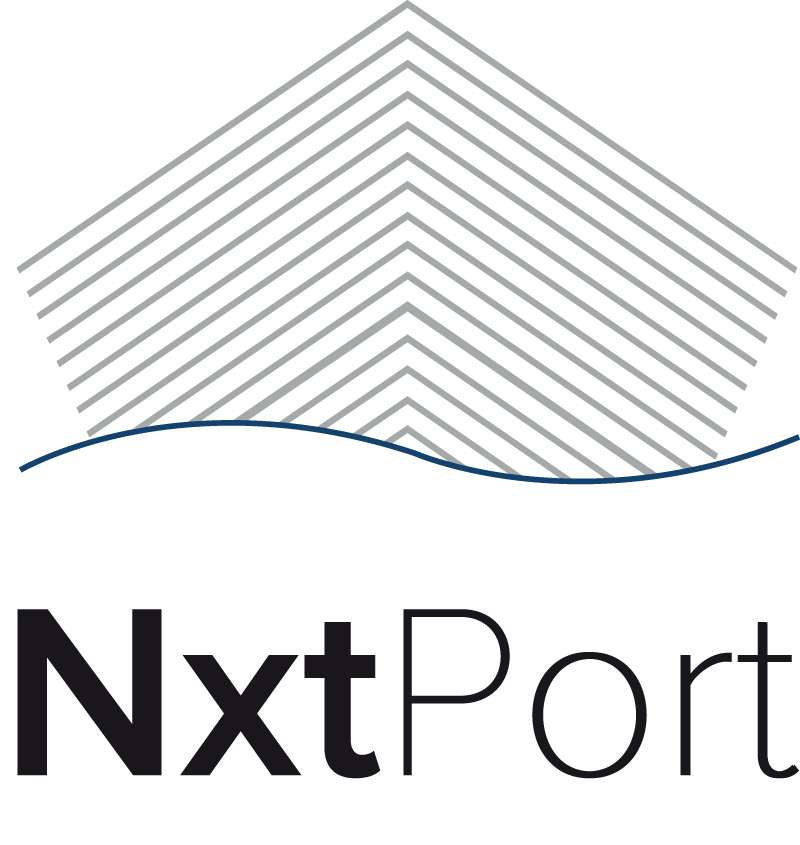CPu for Release Parties
When an import container is commercially released, a Ship’s Agent typically sends a PIN code to the Terminal and shares this code with the next party in the release chain (e.g. Forwarder, Transport Company, BCO,…). This code, which is required to be granted access to the terminal and release the container, is distributed further in the supply chain until a party, which knows the PIN code, claims the container for pick up at the terminal.
By using the Certified Pick up platform, a Ship Agent will not create and distribute a PIN code to the Terminal, increasing the security of the release chain. Instead, the Ship Agent sends the commercial release information towards the Certified Pick up platform, which vouches for a secure transfer of the “Release Right” until it is assigned to an entitled transporter to pick up the container at the terminal. The code to release the container will be sent via a secured and audited communication channel towards the Terminal.
Forwarders, Consignees or BCO’s can receive the right to pick up cargo (i.e. a container) from the Shipping Agent, once they have completed all necessary commercial agreements. As soon as the Terminal provides the terminal release (including the discharge confirmation and customs release), the container will be ready for pick up at the yard. The owner of the Pick up right can either decide to pick up the cargo themselves or distribute the right to pick up the container further down the supply chain.
A Release Party:
Receives a Release Right from the Ship Agent or the previous Release Right Owner
Can Transfer a Release Right to another party
Can Accept or Deny a transfer from another Release Right Owner
Can Revoke a previous transfer (unless it was already accepted by the new Release Right Owner)
Integrate CPu into your own software using the API
CPu is designed as an API-first product, to ensure maximum stability and performance.
We highly recommend you to integrate your systems through our API integration, to implement the CPu functionality into your own software, and advise you to start by reading Getting Started with the API integration .
However a User Interface (CPu UI) is available for those parties that do not wish to integrate (just yet) and want to get started quickly. The UI targets stakeholders with low container volumes. For higher volumes the API integration is the better and more performant option.
In addition to the differences between the API integration and the UI, the available actions depend on the Role your company has in CPu.
Using the CPu User Interface
If you only need to use the interface, and need no integration with our API, you can start using it right away after your registration is complete.
Choosing the correct role for individual users
Roles within CPu are granted to a company and assigned on user level. This means that upon first subscription to CPu, the company administrator must give access and one or multiple roles (subset of the company roles) to the individual users of the company, once the company roles have been granted.
Need any further assistance?
